Summary
- Casters in D&D use spells that require spell slots or cantrips for magic.
- Beginners should consider basic spells for classes like Warlock, Wizard, Druid, Sorcerer, Bard, or Cleric to start off.
- Players should choose a spellcaster class based on playstyle, track resources, keep distance in combat, and study spells for efficient gameplay.
There are many ways in which players can experience and play Dungeons and Dragons, from fighting at the frontlines toe-to-toe with enemies, stealthing in the shadows, keeping combatants in the fight with healing, or casting a variety of spells that can hurt or heal, or do something else entirely.
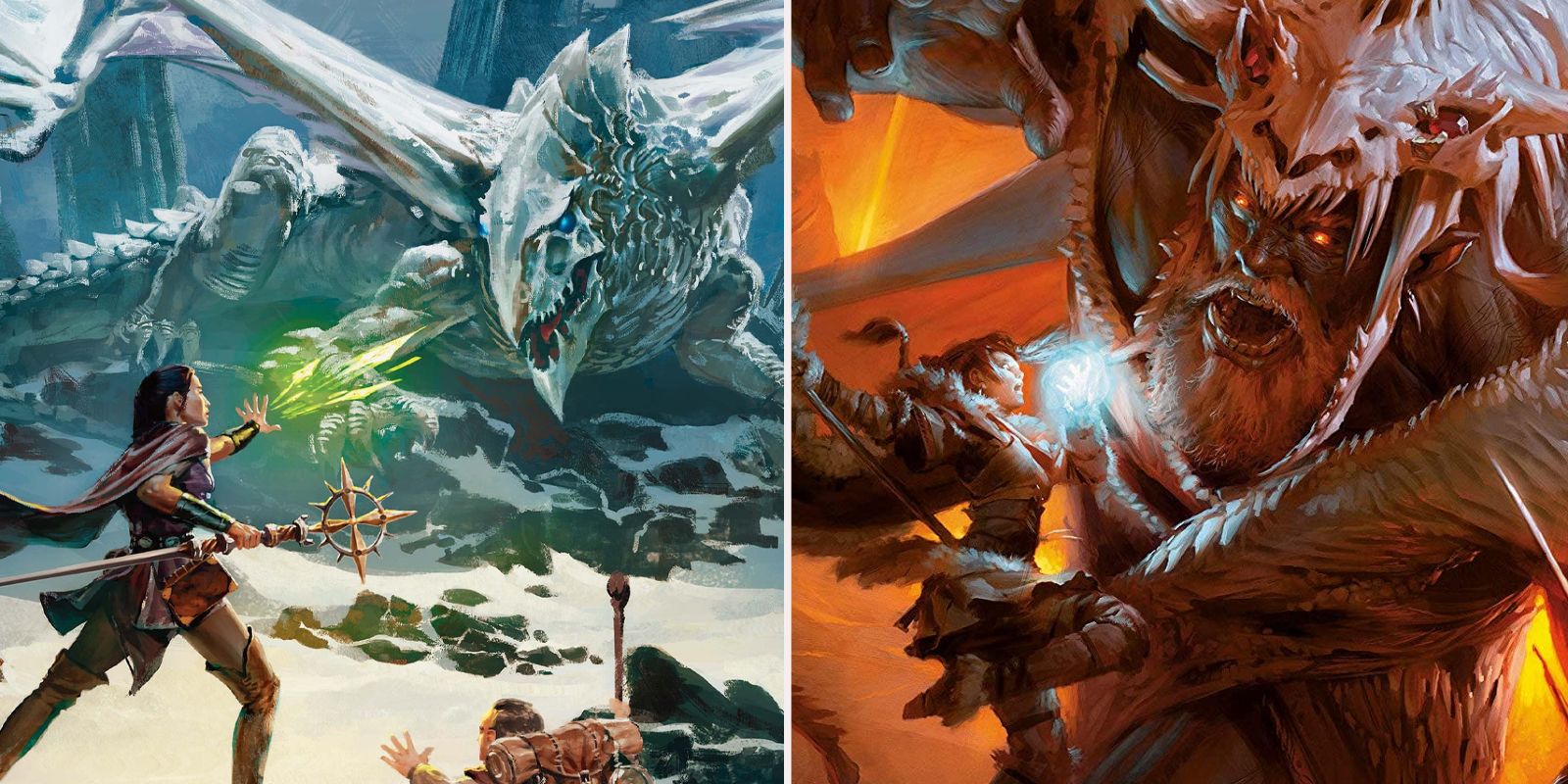
Related
The Most Useful D&D 5e Spells Players Should Have
Here are some helpful Dungeons & Dragons 5e spells that any magic-using player should make use of during their adventures.
Casters have become a fan-favorite among D&D players, spread across multiple classes. Among the classes available, those with a penchant for magic can be among the trickiest to master and play, especially for newer players, but thankfully, it is far from impossible to learn how to play. These tips and tricks are everything players need to get the most out of the magically inclined.
8
A Breakdown of Casters
Who or What are the Casters in D&D?
Caster is just a shorter way of saying spell caster, someone who has a connection to magic in their veins, and can use a focus and other ingredients to perform a spell. Spells also require a spell-slot, which is an expendable resource like gold or arrows, but they replenish after a short or long rest, depending on their class. Cantrips, which are spells below first level, don’t require a spell slot, and can be cast as many times as the player likes.
Dungeons and Dragons have classes that are either full casters (druids, bards, clerics, wizards, sorcerers, and warlocks), half casters (paladins and rangers) and third casters (eldritch knight and arcane trickster subclasses for fighter and rogue, respectively). Full casters are essentially classes that have little else to do outside of spells, half-casters have an equal focus between spells and other actions, and third casters gain access to magic from level 3, when most classes choose their preferred subclass.
7
Focus Vs Component Pouch
Which Should Casters Take?
When reading up on spellcasters, players might have come across the terms–spellcasting focus and component pouch. They would have been presented as two options players need to choose between in order to have a conduit to take the magic in their blood, and produce it as a tangible spell to soothe allies or harm enemies. So, is there one better than the other?
The short answer is no, not really. Apart from spells that have a gold coin cost, the price of most spells will be largely ignored by DMs, as managing the resources for spells would be a tedious and time-consuming endeavor for everyone in the game. As such, players should choose whichever they feel fits their characters better, as it will be for flavor more than mechanics.
6
Basic Spells for Beginners
Stuck for Spells? These are Basic Ones to Grab
There is an overwhelming choice of spells to pick in Dungeons and Dragons, especially when taking into consideration, there are more spells in supplement books such as Tasha’s Cauldron of Everything and Xanathar’s Guide to Everything. For new players to the game, it can all be a little overwhelming, so here are a few spells casters should consider taking at the earlier levels in the game.
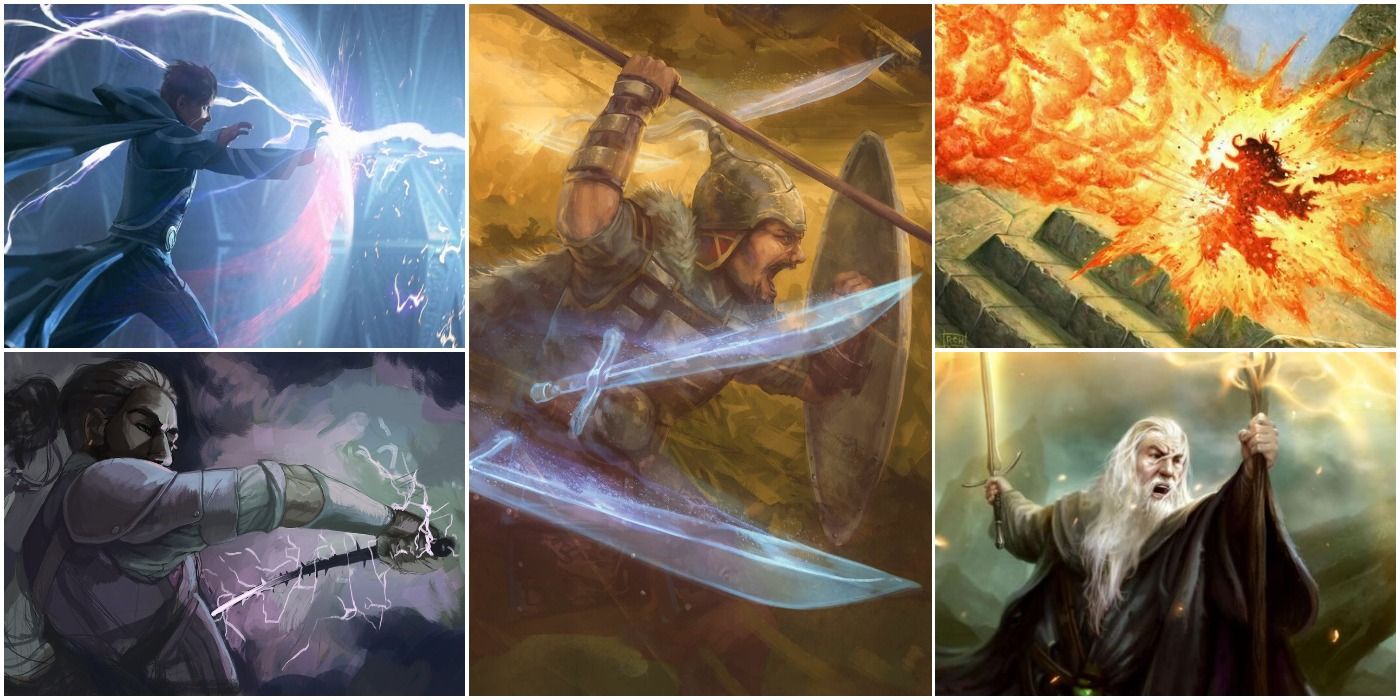
Related
Dungeons & Dragons: Best Low-Level Spells
Even at lower levels, mages in Dungeons & Dragons have access to incredibly useful abilities. Here are the best for those starting out.
Warlock
- Cantrips: Eldritch Blast, Toll the Dead, Friends.
- 1st Level: Armor of Agathys, Hellish Rebuke, Witch Bolt.
- 2nd Level: Cloud of Daggers, Misty Step, Shatter.
- 3rd Level: Counterspell, Summon Lesser Demons, Thunder Step.
Wizard
- Cantrips: Mage Hand, Firebolt, Shocking Grasp.
- 1st Level: Feather Fall, Disguise Self, Shield.
- 2nd Level: Darkness, Enlarge/Reduce, Hold Person.
- 3rd Level: Counterspell, Dispel Magic, Lightening Bolt.
Druid
- Cantrips: Druidcraft, Guidance, Primal Savagery.
- 1st Level: Goodberry, Animal Friendship, Entangle.
- 2nd Level: Flame Blade, Heat Metal, Pass Without a Trace.
- 3rd Level: Conjure Animals, Speak With Plants, Revivify.
Sorcerer
- Cantrips: Thunderclap, Message, Friends.
- 1st Level: Magic Missile, Silvery Barbs, Mage Armor.
- 2nd Level: Aganazzar’s Scorcher, Tasha’s Mind Whip, Shadow Blade.
- 3rd Level: Blink, Fireball, Psionic Blast.
Bard
- Cantrips: Vicious Mockery, Minor Illusion, Friends.
- 1st Level: Charm Person, Dissonant Whispers, Healing Word.
- 2nd Level: Detect Thoughts, Silence, Magic Mouth.
- 3rd Level: Leomund’s Tiny Hut, Sending, Bestow Curse.
Cleric
- Cantrips: Light, Spare the Dying, Sacred Flame.
- 1st Level: Cure Wounds, Guiding Bolt, Inflict Wounds.
- 2nd Level: Spiritual Weapon, Lesser Restoration, Prayer of Healing.
- 3rd Level: Revivify, Mass Healing Word, Spirit Guardians.
5
Consider Which Type of Spellcaster is Most Appealing
Players Should Find the Right Class for Them
As there is a whole range of casters that handle magic in such different ways, knowing which one the player wants to choose can be a difficult task. Each has a unique feel, playstyle, and a particular focus, though players can always break the mold, such as making a damage-dealing cleric or a warlock who likes to heal.
But it’s best to begin with the basics. As implied above, clerics are known for their skills at healing the wounds of their allies, which is also something the half-caster class paladin can be geared towards. Wizards have access to many different schools of magic, such as illusion or necromancy, making this class the most versatile. Druids, like rangers, are attuned to nature, and as such have more spells focused around plants and animals. Warlocks are rather unique, as their magic comes from a pact they make with an other-worldly being, which could be a genie, devil, or fy creature. Sorcerers are born with magic in their veins, and can access expendable sorcery points to add flair to their spells. With such a wide range, there is going to be at least one class that speaks to every player.
4
Closely Track Resources
Nothing is Free in This World, Including Spells
Spells are one of the most powerful actions players can take in the game, as they can be devastatingly powerful, or even reverse death. As such, they are treated as a resource that can be spent, and can also cost. Most spells can be covered by a focus or components pouch, but there are those that cost gold, such as revivify. Players need to ensure they have what is needed to pony up the cost of the spell, and the spell slot at the same level or above.
Virtual tabletop games make this much easier, as digital character sheets automatically remove the spell slot when it is cast, but playing with physical sheets requires stringent resource management on the players’ end, either by taking it off the sheet, or keeping a tally off to one side. There are also apps players can download on their smartphone or tablet which can also help players keep on top of things.
3
Keep a Healthy Distance from Combat
Very Few Casters Should Be Up Close and Personal
Combat is one of the eventualities of Dungeons and Dragons, as not every NPC the party meets on their travels will be eager for a friendly conversation, and would rather loot their goods off of their dead bodies.
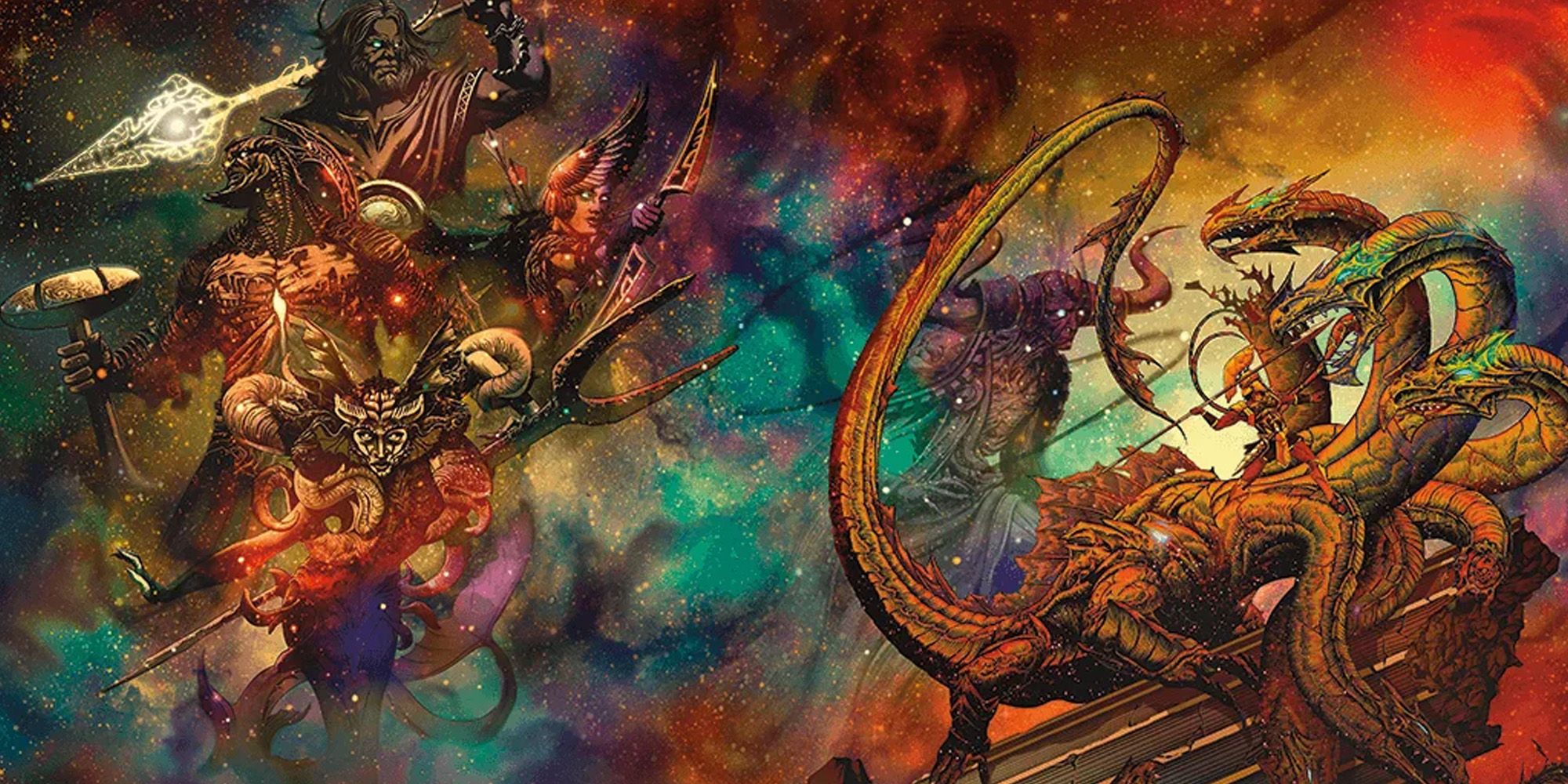
Related
Players new to Dungeons & Dragons may want to keep in mind the following combat tips before starting a new game.
When combat does break out, casters should make sure they are well away from the fray, unless they are a half caster such as a paladin who would rather get up close and personal with their sword in hand. Full casters who have very little combat capabilities outside of magic need to keep distance between them and the enemy, not only because of their lower AC and HP, but also because spells will be cast at a disadvantage when at close quarters. Since most creatures have a base movement speed of 30 feet, that should be the baseline distance casters keep between them and their foes.
2
Study the Spells
Learn the Basics so as Not to Disrupt the Flow of the Game
One cannot be expected to memorize the entire spell list for every class, as that is impossible even for experienced DMs who are used to running many enemies across all the classes, most likely. But, players need to be responsible for what their chosen class, or classes, do. This includes any features gained during character creation and the spells they can cast.
Waiting as a player quickly fishes for their handbook or punches the spell name into Google is a sure-fire way to disrupt the game and pull players out of immersion, and also make patience grow thin in combat with many enemies, when most wait about 10 minutes to take their turn again. As such, players should take the time to read through the spells they pick, and those they pick up when they gain another level. This means they can confidently cast, and tell the DM exactly what the spell does, and any saves needed.
1
Plan Actions Ahead of Time
Players Should Know What They Want to Do Before Their Turn
This ties into what is mentioned above, about knowing information ahead of time to not be the reason why games stop and start, especially during combat. Though this goes for every class, it goes double for casters who have a bit more options at their fingers than, say, barbarians, who will mostly just rage and pummel the enemy.
Spellcasters need to think strategically, taking into account actions made by their party, the placement of everyone involved in the fight, and if there are enemies that need to be prioritized, such as a summoner or a healer that can drag combat out if left unchallenged. Then they should choose their spell accordingly and ahead of their turn, so when it comes to them, they can cast their spells immediately without scratching their head and scrutinizing their spell list.
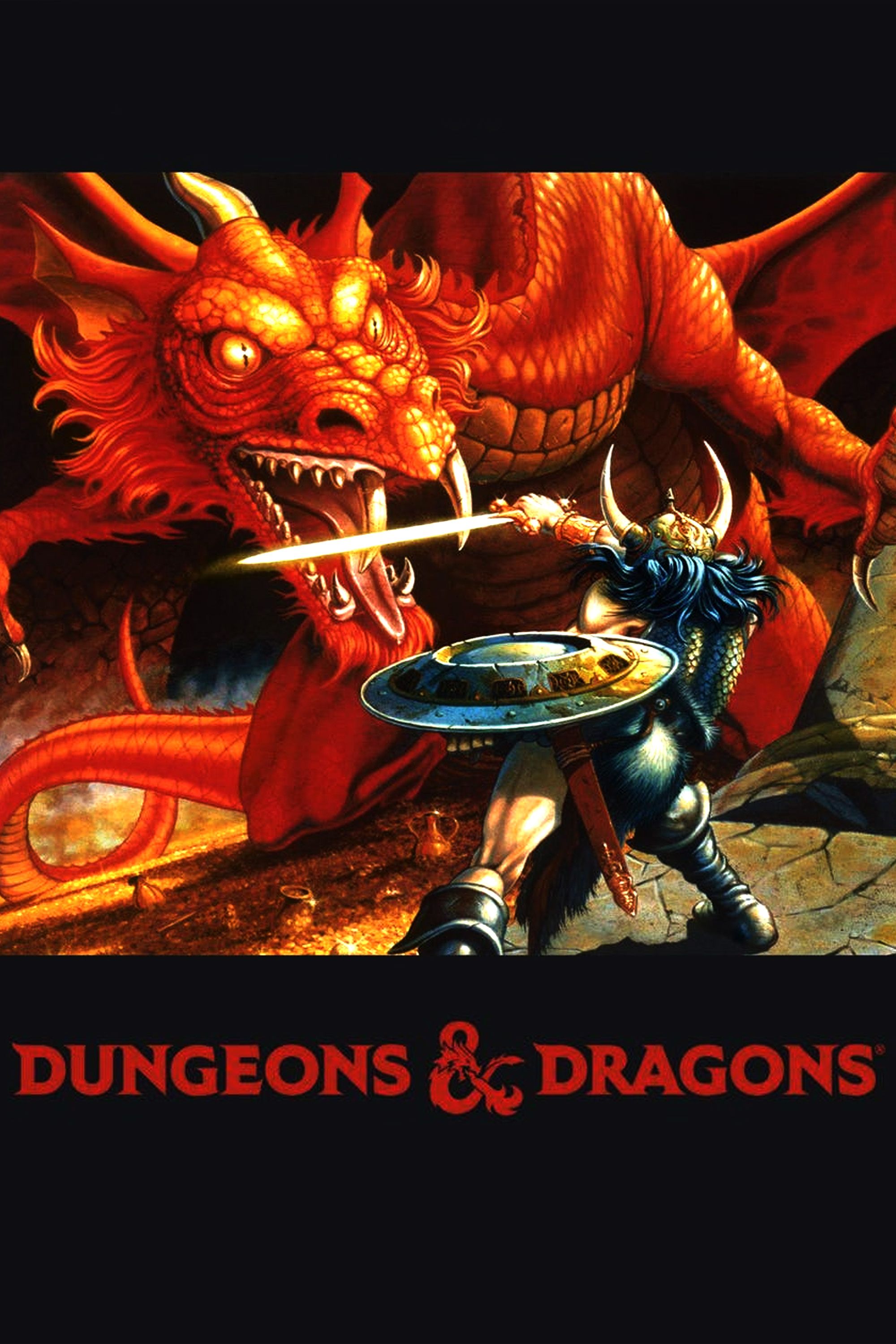
Dungeons and Dragons
- Franchise
-
Dungeons & Dragons
- Original Release Date
-
1974-00-00
- Designer
-
E. Gary Gygax
, Dave Arneson
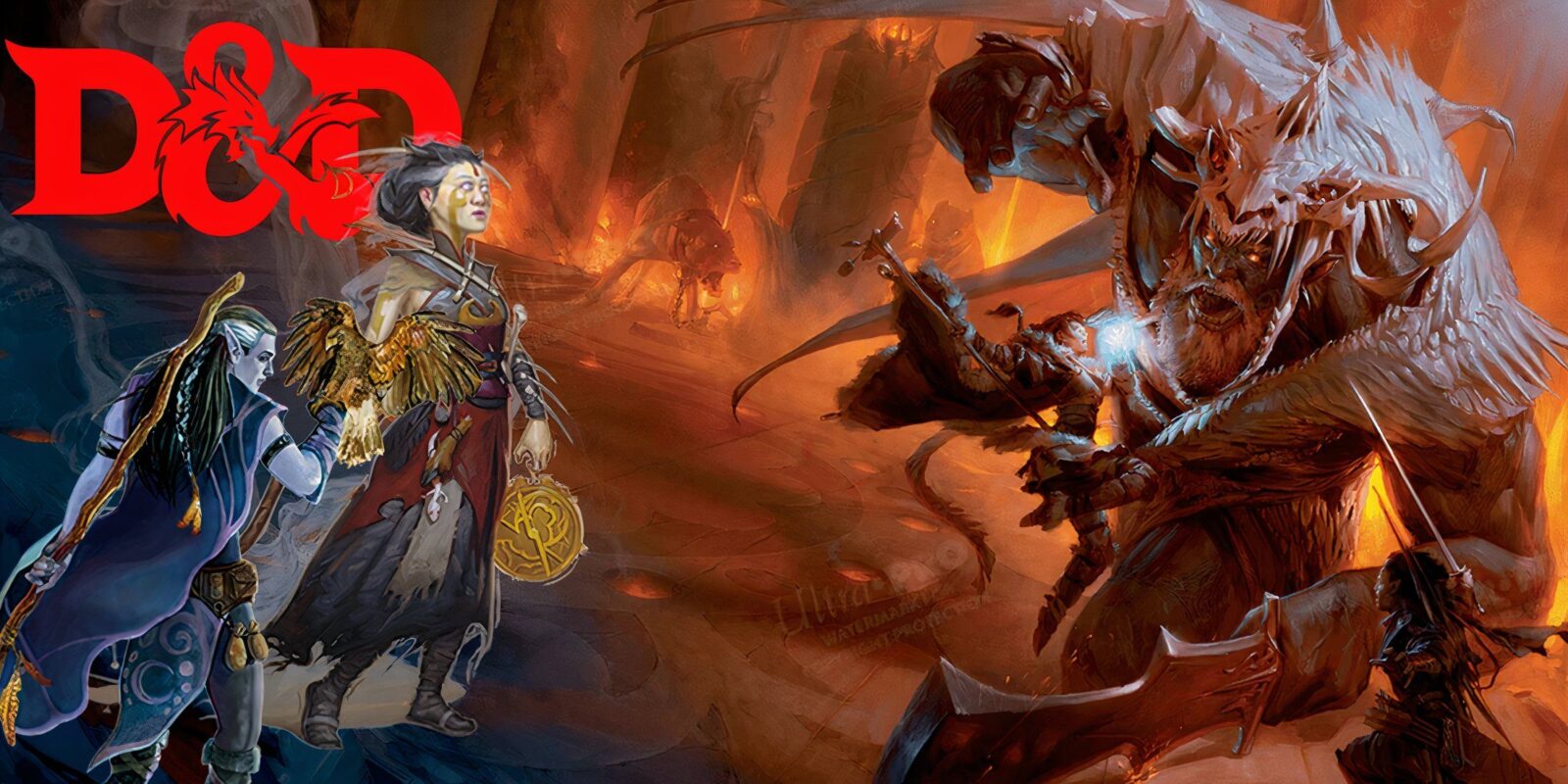
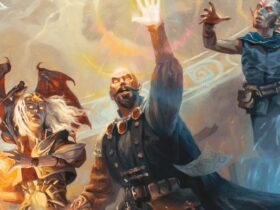

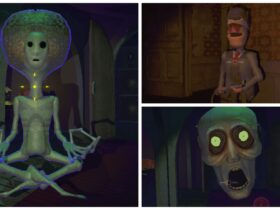
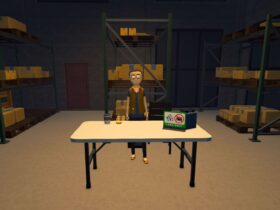
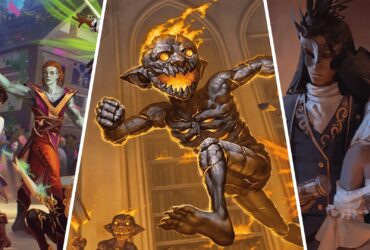
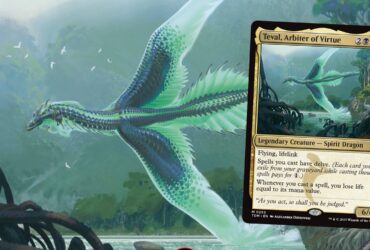
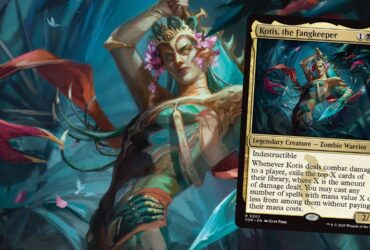
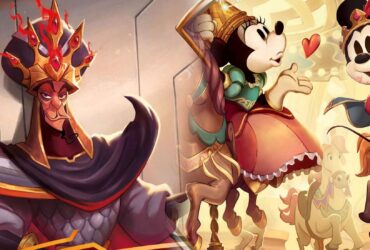
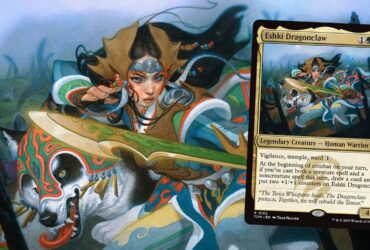
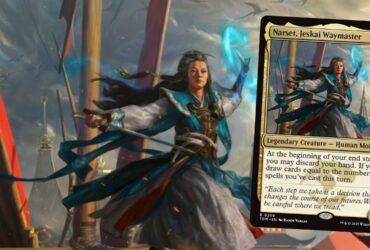
Leave a Reply